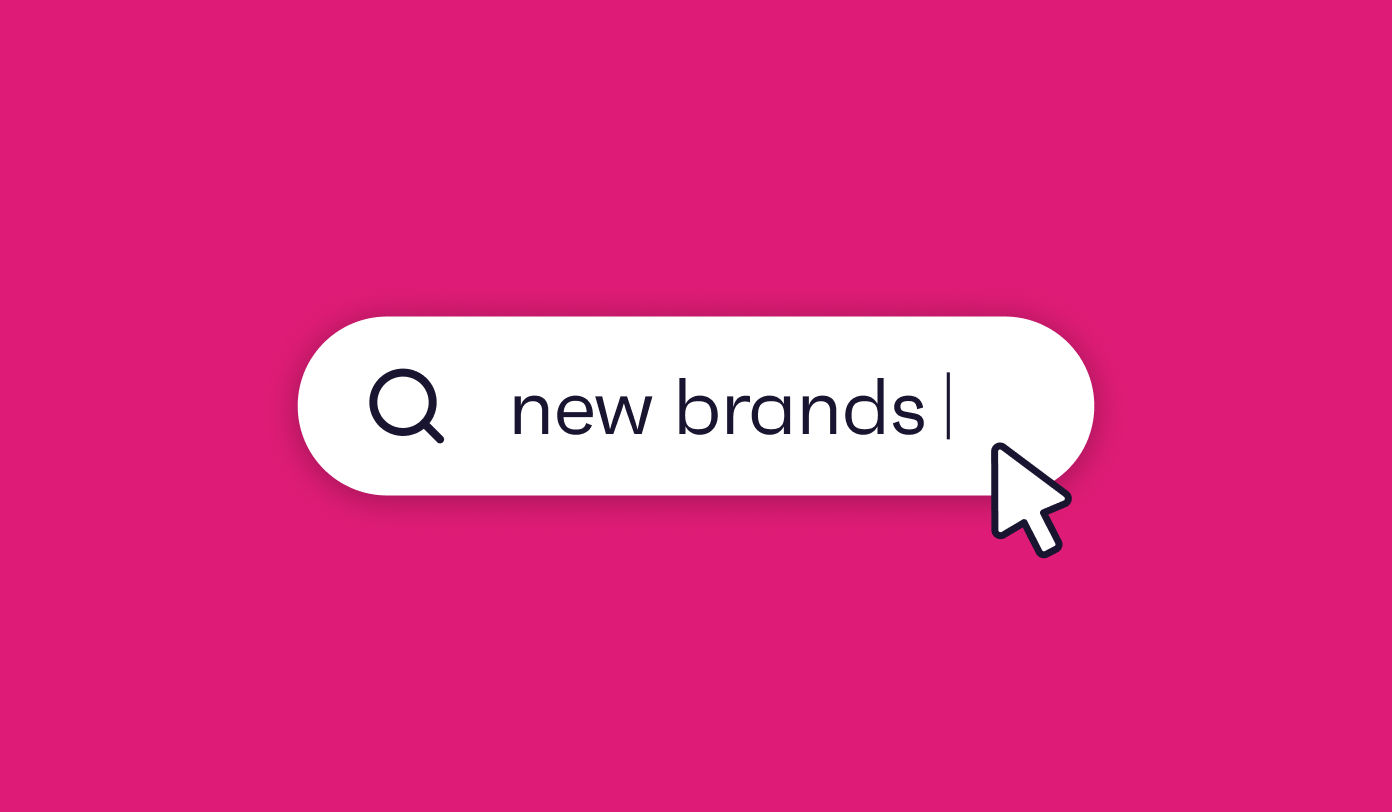Strategic messaging is nothing new, but now more than ever, brands need to be sure what they’re saying will resonate with their target consumers across channels and touchpoints.
We’re back to run through the basics of marketing messaging, including how you can leverage audience profiling to craft a message that converts.
What is marketing messaging?
Put simply, marketing messaging is the way your brand speaks to your customers and prospects; it encapsulates what you say, how you say it, and how it makes your audience feel.
It spans all marketing channels, from social media posts and email marketing communication, to customer service interactions and website copy.
What makes a great marketing message?
Every business needs a marketing message, whether they know it or not. Get it right, and you’ll grab the attention of your target consumers, and inspire the trust and motivation they need to choose your brand over your competitors.
Your message is essential because it’s what makes meaningful connections with your target audience. But without knowing what a meaningful connection looks like for this audience, it’s impossible to craft a message that’ll stick.
A common mistake is making your message all about the product, rather than how the consumer will benefit from buying it. In strategic communications, the brand is well aware of the consumers’ perceptions and needs, and has the message to match.
Understanding these perceptions is where great messaging starts.
Not having a well-researched message based on absolute truth is no longer a viable option for marketers. The digital arena is complex. It’s more consumer-centric. It’s more real-time. And what you put out there could make or break you.
That’s why audience profiling is more important than ever.
How to nail your marketing message with audience profiling
Consumer data that analyzes not only the behaviors of your target consumers, but their perceptions, attitudes, and motivations, will give you the right foundation to create an impactful message.
This gives you the upper hand, so you know what to say.
But to reach the core universal truths that make a message resonate, it means turning this data into actionable insight. Here’s how.
1. Look at your audience segments and validate your assumptions
Who are your audience, and what do they care about? Take a deep dive into your audience segments to understand their characteristics and behaviors, and what makes them unique. You may uncover key insights on your audience’s spending habits, such as their propensity for impulse purchases, or whether they’re prone to hunting around for the best deals, that help shape your messaging strategy.
The more you know about your audience, the easier it is to tailor your message to ensure it strikes the right chord.
Say for example you’re a travel operator, looking to create the perfect package holiday aimed at baby boomers. You may assume baby boomers will respond best to messaging that promotes luxury and indulgence because statistically, they’re more likely to fall into the high-income bracket than other generations. In fact, baby boomer vacationers come out on top for saying they’re price-conscious, so messaging around value for money and cost savings may be more persuasive.
2. Identify the problems
What issues are my target consumers facing and how can my product solve them? Tune into your audience’s world to find out what matters to them most, and how this may impact their buying habits. Are they looking to cut back on their spending as the cost of living hits? Perhaps sustainability is top of their agenda.
Dig deeper to understand to what extent their values impact their purchasing behavior and decipher which marketing message will be strongest. Is their desire to reduce their carbon footprint outweighed by their need to save money?
A great example of this comes from independent agency, Bright/Shift, who were tasked with creating a high-impact go-to-market strategy for their sustainable furniture client. They analyzed their target audience, and found that while sustainability was a cause they cared about, it was the 5th biggest purchase driver, compared to price, which was 2nd. They also found reviews to be a huge driver for their target audience.
As a result, they focused their messaging around ‘free delivery’ and online reviews, with a secondary focus on promoting the green value of the product. This had a significant impact on their messaging and promotion strategy, driving exceptional results for their client.
3. Analyze current perceptions of your brand
What are the current perceptions of your brand, and which ones do you want to challenge with your messaging? Your brand perception can, in some instances, hinder your sales potential, so to engage new audiences, you need to understand the misconceptions you need to shift.
Perhaps your brand has been traditionally associated with one demographic, and now you’re trying to appeal to a digital-savvy Gen Z audience. Maybe your brand has been perceived as indulgent or unaffordable, and you’re looking to reposition your brand to appeal to a wider audience, much like British retailer M&S. Whatever it is, start with data to understand the messaging and values that resonate with your target audience most.
4. Stay true to your brand values
While you may be trialing different messages for different audiences, your brand TOV should always stay consistent. Think about your brand values and vision when crafting your message, making sure your message is aligned. For example, as a clothing brand, it’s no good promoting a message about must-have trends if one of your core values is about timeless, ageless fashion.
Not only will this help you refine your messaging, it’ll also ensure you can substantiate your claims, resulting in greater trust from your audience.
Testing your key messages against your value proposition is also an important way of connecting the dots between your message and your customers’ pain points. If your value proposition is to be ‘the best value’ or ‘easiest to use’ option on the market, it’s essential to reflect this in your messaging, be that directly or in a more nuanced way.
5. Test and iterate
You won’t always get it right every time, and that’s okay. The answer? Test, test, and test again. Different messages will resonate with different segments of your audience, particularly if you have a broad customer base. Always refer back to your audience profiling data to guide you, and be sure to check in with your audience regularly to see what’s new in their world.
Take time to A/B test different email subject lines, social media posts, and ad messaging to understand which messages land best with different audiences and find your winning formula. It’s worth remembering different messages will perform better on different channels, depending on who you’re targeting and what stage of the purchase journey they’re at, so consider this as you plan your engagement strategy.
The bottom line
To create a message that converts, you need to think audience-first. After all, it’s not about the product, it’s about how it can help your customer with a real-life problem. Understanding their quirks and purchase habits means you can lead with the messages that are most likely to resonate, and position your brand as the top choice for your target consumers.
This way to instant insights
Book demo





.webp?width=495&height=317&name=pink_thumb_graphs%20(1).webp)
.webp?width=495&height=317&name=pink_thumb_letter%20(2).webp)
